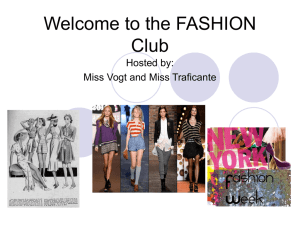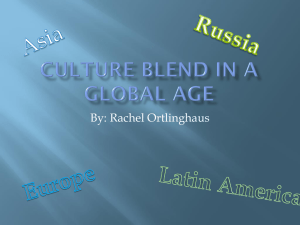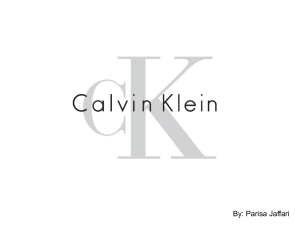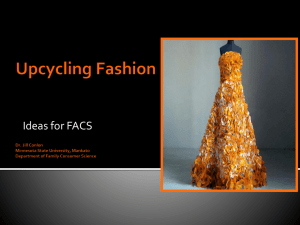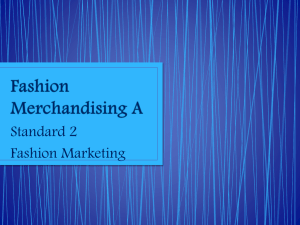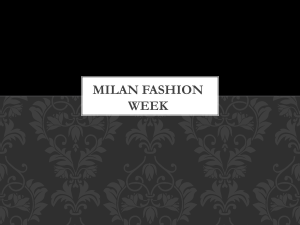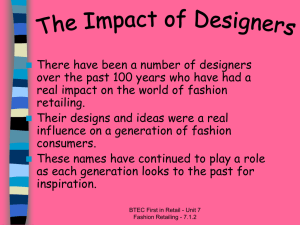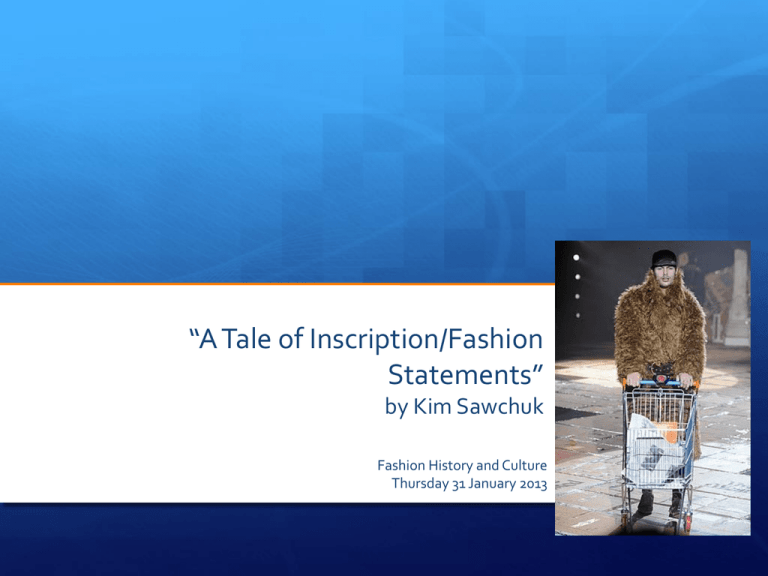
“A Tale of Inscription/Fashion
Statements”
by Kim Sawchuk
Fashion History and Culture
Thursday 31 January 2013
Valerie Steele, Curator at The Museum at FIT, NYC: Is Fashion Art?
Published on Jun 28, 2012 at the mumok, Museum of Modern Art
Vienna. {Watch the whole thing, but especially the first 15 min.}
http://www.youtube.com/watch?v=weB-SQ-XP-c
The big thing you get in the first fifteen minutes of the video is
that fashion represents the fleeting and the frivolous vs. art
representing the timeless and pure/elemental truth.
Similarly, Modernism (like high art) represents the pure timeless
truth and postmodernism represents constant change and
instability (like fashion and historically-contingent notions of
physical beauty). *And, go to 35 min. mark. Pierre Bourdieu
quote. *And go to 45 min. mark for art-context.
In reading the article, a few things to preface:
You can substitute Kafka’s allegory “In the Penal Colony” for
Nathaniel Hawthorne’s “The Scarlet Letter.”
“Like the women at Harboourfront, whether through
economic necessity or their internalization of patriarchal
values, they turn themselves into objects for this gaze and
further reinforce this phallic economy of desire,” 477.
However, are women automatically objectified by men? What
about the Cougar objectifying men? What about the educated,
professional, upwardly mobile female in Sex In the City cruising
NewYork City preying on men for their, not his, pleasure?
Derrida: “…no element can function as a sign without referring
to another element which itself is not simply present…This
interweaving, this textile, is the text produced only in the
transformation of another text….There are only, everywhere,
differences and traces of traces,” 478.
This economy is present at the core of other culture: the Chinese
have no character for the pronoun “I.” It is impossible to define
an individual in Chinese language that exists outside relation to
others and your communal network, called guanxi, 關係.
Ants: “there’s no such thing as an individual ant.” “When you have
seen one ant, one bird, one tree, you have not seen them all.” –
Edward Osborne "E. O." Wilson, Harvard University, the world’s
leading authority on ants.
Derrida’s theory of texts bears this out. The context matters:
Steve’s Neiman’s store about the same handbag in L.A. vs.
Minneapolis.
Images are not literally absorbed.
The visual world is not static, rather images depend on
Context
Circumstances of its production
Circumstances of its circulation (especially how technology
impacts circulation)
Circumstances of its reception by consumers, 478.
Fashion’s context comprises several
things, 478:
1. It is located in a discourse on health (examples: corsets, sun tanning,
fitness, eating disorders)
2. It is also located in a discourse on what is beauty (examples: ideal
shapes of breasts, buttocks or lips)
3. It is also located in a discourse on morality and sexuality (examples: is
this dress prudish is another “smart”)
4. It is also located in a discourse on nation and economy (examples:
veiling in Algeria, pant-sagging in Dallas, American Apparel in Los
Angeles, skinheads in London)
5. Finally it is located in a discourse on location (examples: climate,
seasonal variations, thongs in Rio, white tennis attire at Wimbledon)
So, all these variables produce a multitude of meanings….
…And we want to see how our idea of What is Fashion
changes over the course of this semester…let’s open it up for
discussion given what we’ve covered thus far.
In the future….
“Gone is the archaic writing machine (from Kafka’s allegory
‘In the Penal Colony’) which treats the body as a tabula rasa
upon which a predetermined message is scrawled. In the
present age, forms of self-discipline anticipate the selfcolonization of the body and its enslavement in an
intertexual web,” 482.
How do you “enslave” or “self-colonize” your own body through
fashion?
p. 483: Baudrillard’s “hyper-reality” is a KEY concept that we’ll
return to later in the course.
Also, Walter Benjamin’s distinction between decoding
(wherein there is a master system to which all signs can be
returned) and deciphering (acknowledges the instability of all
meaning) fashion objects and other cultural texts, 484.
The breakdown of old boundaries (such as particular female
dress signifying domesticity) on the one hand is liberating,
“while at the same time making possible hegemonic
manipulation through control of capital flow and the
production of new technologies,” 483.
So the colonization that late capitalism achieves is also an
imperialism of the imagination – not just domination over
such physical spaces as the third world (as in the Banana
Republic Mail Order Catalog, the Highland Clearances (which
we will talk about in Spinning the Ephemeral or Dior’s Les
Coloniales, 485.
Big Brother, then, is not centralized as in a socialist command
economy, but is driven by the controllers of capital flow and
the crucial construction and dissemination of imagery.
Watch Apple’s famous Super Bowl advert from 1984:
http://www.youtube.com/watch?v=2zfqw8nhUwA
Modernism
as
a
romantic
discourse, which longed for a
return to some prehistoric origin,
the real, and positioned itself, as
educated critic outside and above
the culture it criticized – in the
place of God, 486.



